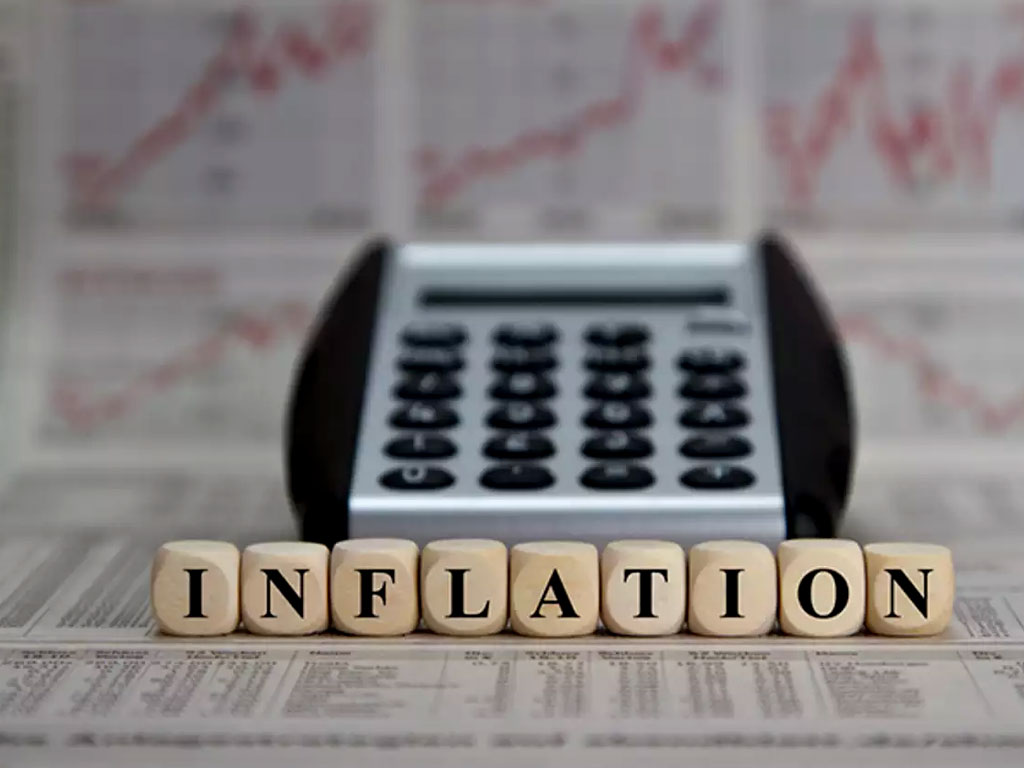 Inflation continues to grow despite the fact that currency adjustment is done and global commodity prices are heading south. This is the second round of impact which is adversely affecting the perishable food items, where the CPI is up not only due to seasonal reasons but lack of administrative control by provincial government, especially Punjab, is having its impact as well. The other reason for high inflation in Oct-19, is the hike in electricity tariffs, as a result of higher adjustment on account of monthly fuel costs.
Inflation continues to grow despite the fact that currency adjustment is done and global commodity prices are heading south. This is the second round of impact which is adversely affecting the perishable food items, where the CPI is up not only due to seasonal reasons but lack of administrative control by provincial government, especially Punjab, is having its impact as well. The other reason for high inflation in Oct-19, is the hike in electricity tariffs, as a result of higher adjustment on account of monthly fuel costs.
Since the National CPI at 11.04 percent on new base is much higher than market expectations (consensus estimate: 10.4%), the equation has changed and now inflation could remain in double digits later than Feb-20, and the full year inflation may hover at 10.5-11.5 percent (SBP estimates- 11-12%) – 4MFY20 inflation is standing at 10.34 percent This has defused any expectations of rate cut in Nov-19, and this is evident by the fact that the yields in yesterday’s T-Bill auction remained unchanged.
In short, do not expect any rate cut till Mar-20. Some may argue that the major hike is in food and it is due to cost push factors or delay in crop, how can this impact the demand side of inflation. The demand side is better measured by core inflation which came down to 7.7 percent in Oct-19. But SBP is crystal clear on the looking at headline numbers for decision making- as the Governor earlier mentioned in his interview to BR Research that 95 percent of central banks look at headline inflation for inflation targeting. And Reza Baqir also looks at month on month numbers with keen interest.
Other important variable that could be affected due to higher CPI is exchange rate - REER, due to nominal currency appreciation in the past few months, and higher inflation differential – due to higher inflation, may put currency in pressure. The REER, according to JP Morgan index is at 97.41 versus 89.74 in Jul-19. The chances of currency appreciating to 145 are unlikely, it could instead go up, if the pressure builds up.


That said, if history is any guide, food inflation has to come down in Dec-19 due to seasonal impact, as for the past 10 years, food prices have dipped in December. Higher the increase in preceding months, bigger the decline in December - the trend suggests. The crops from Sindh usually lower the prices. The worrisome factor this calendar year is that the food prices are up virtually every month, while normally after a few months of increase, there is a big dip for a month or two to normalize prices - but that has not happened in 10 months of 2019.
The element of price control on perishable items at district level needs some attention. Though, the price control is never encouraged in this space, but seeing the volatility in perishable items, the government needs some push to ease things for common man. Punjab government’s slackness is costing the economy at large. The PM took notice of this exception and ordered a special cell to control essential food prices in the Ministry of National Food Security with immediate effect.
Nonetheless, bigger issue that requires attention is to develop the cold value chain of perishable items. According to industry estimates, around 40-50 percent vegetables and fruits in Pakistan are wasted. And with acute shortage in fresh stock, prices increase in multiples.
That is the story of food where onions are leading the hike in urban inflation with 131 percent increase. On monthly basis, fresh vegetables and tomatoes are hurting the most. The perishable food items in general CPI increased by 13.8 percent in a month or 35.2 percent in a year while non-perishable items virtually remained unchanged on monthly basis –overall food inflation increased by 2.3 percent on monthly basis and 15 percent year-on-year.
The second biggest contributor to CPI increase is housing and utilities sub index which is second biggest in weight after food – 3.7 percent monthly increase to take yearly inflation to 7.2 percent. No thanks to electricity tariff revision which increased by 18.4 percent MoM. There is no other significant increase in the prices during October and that is why the urban core inflation increased by 0.5 percent from Sep-19 and 7.7 percent from Oct-18. The core inflation is down by 80 bps from its peak of 8.5 percent in Aug-19, there is a clear direction of decline.
























Comments
Comments are closed.